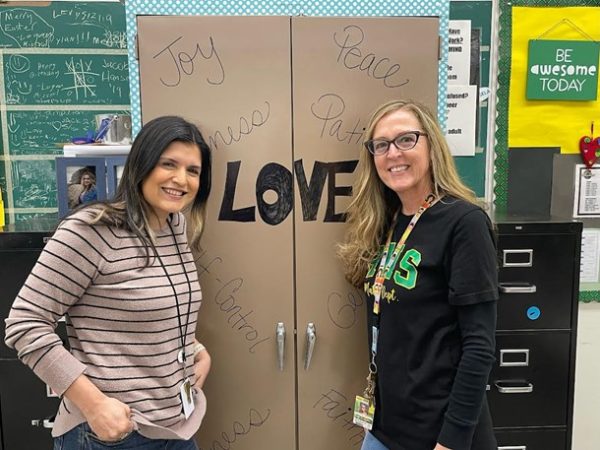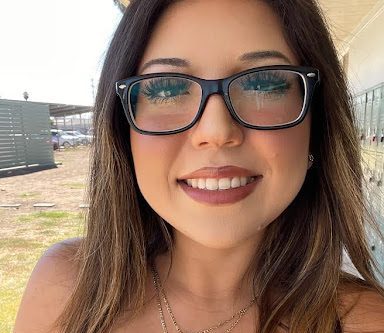Ask many of you may know, at school you could have an IEP. IEP is what you may ask? IEP is a program designed for students needing extra help or with needs, and or any learning disabilities. IEP stands for Individualized Education Plan, it is a legal document under United States law that is developed for each public school child in the U.S. who needs special education. It is created through a team of the child’s parent and district personnel who are knowledgeable about the child’s needs by definition.
Our person on campus with the right information for all the program and concerns regarding special education is Assistant Principal Wendy Mayea. So what is an IEP? Mayea said, “IEP stands for Individualized Education Plan. This plan is for students with educational disabilities.” Why did the IEP program start? Mayea said, “In the 1970s and earlier students with disabilities were discriminated against. They were not allowed access to an education and often received services in very disfavorable environments. IDEA Individuals with Disabilities Education Act law came around to say that all students have the right to have a free and appropriate education, including students with disabilities. Defined what types of rights students with disabilities receive and provided for extra services and support.” What is Mayea doing to help the students of the special education program you may ask. Well Mayea said, “At Royal High School we have approximately 270 students who receive support and services through the IEP process every year. We meet to discuss needs and goals progress supports and accommodations so that they can access their education. We make adjustments as needed every three years. We conduct assessment to see where they have grown and again whether their needs are met. The school also has an additional 70 or 80 students, another law called 504 services students with disabilities as well. And we have a responsibility to make sure we identify any students who may not yet be identified and provide them with services and support as well, so that they can access their education. We have the training and support that they need to support our students. And to make sure that the law is always followed.”
A question asked to the IEP teachers was why did they start teaching special Ed? Teacher Christina Rocco said, “Because at the time when I got my credential there were no general education jobs to be had. So I went into an internship program through Cal Poly Pomona for special education credential.” Another teacher, Alfred Pratt said, “I had a friend who had special needs and I’m still friends with him today. He inspired me to purse a teaching career. The second reason is because a former football coach, also a teacher, who became my mentor gave me opportunities to work with high school students and he encouraged me to purse a teaching career.”
Teacher Tracy Masich said, “Because I started as a para educator aide, I just wanted to have a little job and I had just had a baby. I wanted to get out of the house and I found it to be really interesting and I really enjoyed it so Iwent back to college and got my degree.” Teacher Penelope Templeton said, “At first all I wanted to do was teach fourth grade due to my inspiration from my fourth grade teacher but I feel like God threw the opportunity of being an special education teacher and I’m so grateful that I’m in the position I’m in, and I wouldn’t change it for the world.” So how longo have some of our special education teacher been teaching? Para educator Desirae Vanwrinkle said, “I’ve been working with special education students for about seven years now. I found a passion for my job, it’s helped me make the decision of becoming a full time teacher.” Teacher Rebecca Simmons said, “I have been teaching for three and a half years, but I was an aide before this for seven years.”
What helped educators decide they wanted to teach special education students? Para educator Cheryl Norman said, “Our younger daughter had IEPs from third grade up until high school, and it had encourage me to look into opportunities to help others like her.” Para educator Micheal George said, “I wanted to spend more time with my family.” Now who can qualify for IEP? Do you qualify? Mayea said, “Students for whom other interventions have not worked to provide access to their education may consider eligible for an IEP. When disability is suspected, and other interventions have not worked, assessment can be considered and a team evaluates the results and makes a decision.”

(Cecilia Almada)



